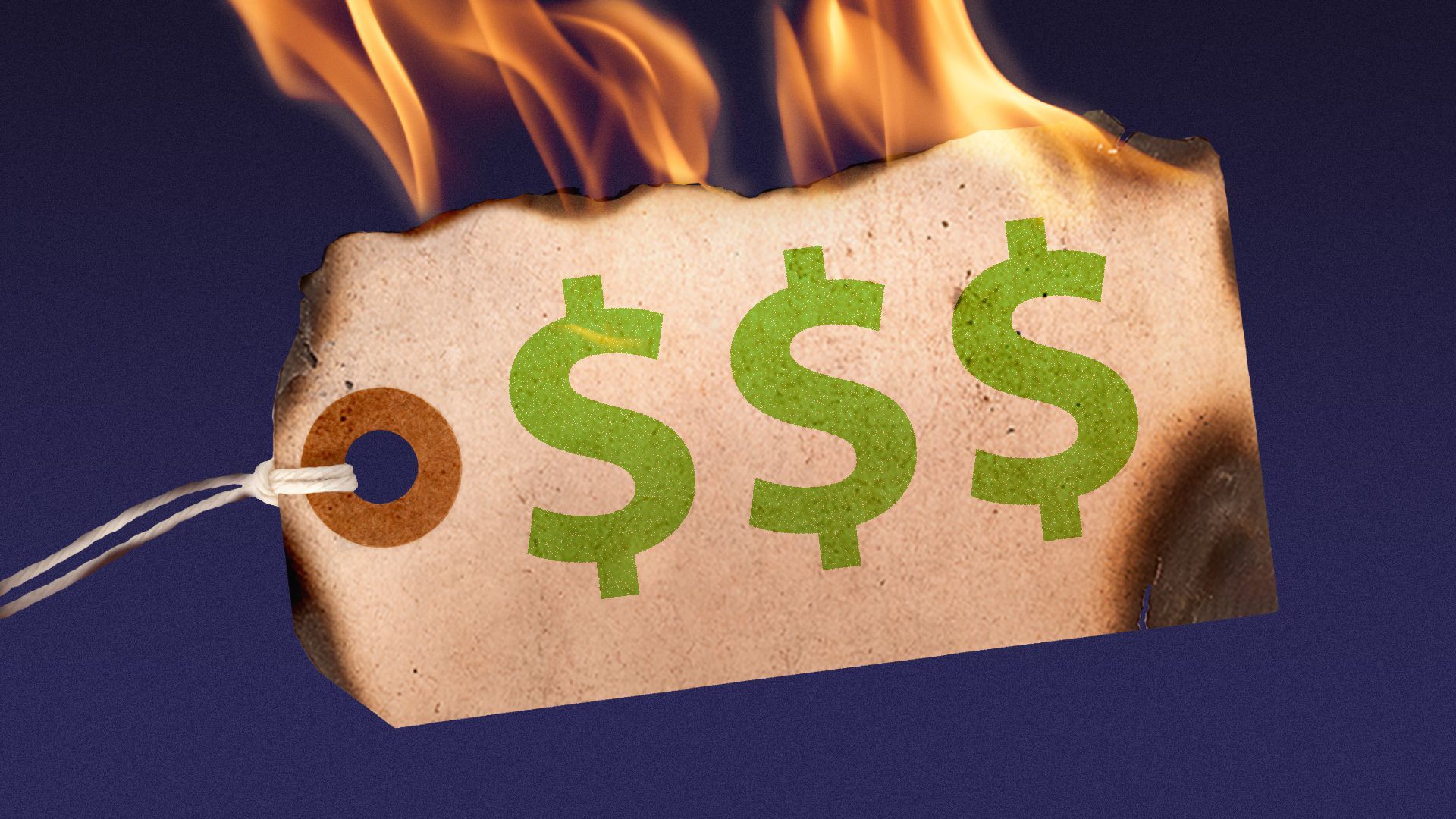The main purpose of this ongoing blog will be to track planetary extreme, or record temperatures related to climate change. Any reports I see of ETs will be listed below the main topic of the day. I’ll refer to extreme or record temperatures as ETs (not extraterrestrials).😉
Main Topic: Inflation…Another Not So Hidden Cost of Climate Change
Dear Diary. There is one other facet of the climate crisis that I have not covered, which is inflation. Everyone I know in America and Europe has been hit from economic inflation due to the Ukranian War jacking up fuel and natural gas prices, which isn’t climate change related, although if society had switched to renewables thirty years ago, this problem would not be with us. What’s also obvious is that droughts around the planet are increasing the price of healthy produce, bread, cereals and meat.
One thing that could make the public laser focused on climate change, if they aren’t already, would be the high cost and increasing scarcity of many grocery items. I dread living in a world in which people are fighting for expensive scraps of bread, especially after viewing one of my favorite sci-fi films from long ago, Soylent Green from 1973, which actually did mention global warming. Thank goodness we aren’t there yet, but we are heading in the direction of that dystopian future because the climate crisis has not been addressed nearly enough.
Too, Chinese industry has been affected by the fiercest heat wave in recorded history, decimating that country’s rivers and ability to generate hydroelectric power. This will affect the price if all those cheap goods that Americans are accustomed to.
For today’s subject, here is a short Axios article on the way climate change affects the cost of goods and services:
https://www.axios.com/2022/08/18/inflation-climate-change-economy-extreme-weather
Aug 18, 2022 – Economy & Business
Climate change is a secret driver of inflation

Hope King, author of Axios Closer

Extreme weather worsened by climate change is a hidden cause of inflation, threatening to push up already high prices of everything from food and clothing to electronics.
Why it matters: Heavy rainfall, flooding, heat waves and droughts erode agriculture, infrastructure and workers’ ability to stay on the job — all of which lead to supply-chain breakdowns and worker shortages.
Driving the news: Chip and solar panel factories in one of China’s key manufacturing regions just shut down, as the country tries to ration power during a 60-year record heat wave.
- Dairy and meat prices in Europe are rising even higher as droughts zap lands meant for grazing and growing grain for feed.
- In the U.S., wheat fields in Kansas, Oklahoma, Nebraska and cotton harvests in Texas have also been withering due to drought.
- And in California, production of processed tomato products are suffering due to a lack of rain while workers are starting to walk off the job at an Amazon delivery hub partially in protest of heat exhaustion.
- Destruction from historic rains and floods in the Northeast, North Carolina, Europe and South Korea demonstrates how ill-equipped our infrastructure is to withstand climate change impacts — and how difficult it is for communities to rebuild, let alone get back to work.
Between the lines: Extreme weather is affecting both the supply and demand sides of the economy, Tamma Carleton, a professor of environmental economics at UC Santa Barbara, tells Axios.
- Research hasn’t yet quantified the exact impact extreme weather has on inflation. Some changes, such as the price of agriculture, are easier to pin down, while others — such as worker productivity — are harder to detect.
- When people take longer breaks to recover from heat exhaustion, or leave 15 minutes early, for example, it adds up day after day, Carleton said.
The big picture: As the pandemic has shown, disruption to supply chains and workers’ productivity drives up the cost of doing business. And one way or another, companies pass those costs onto consumers.
- Workers facing more strenuous conditions tend to command a higher wage, Solomon Hsiang, a professor of public policy at UC Berkley, says.
- And if companies have to pay more to protect them or install new equipment like air conditioning in warehouses, “someone’s got to pay and at the end of the day that someone is usually the consumer.”
Threat level: Long-lasting heat waves like the ones in the U.S. and China are expected to become more commonplace — just as global inflation is leading to a slowdown of economic growth.
Go deeper: How jobs will change with a warming world
Here are some more “ET’s” and heavy precipitation notes recorded from around the planet the last couple of days, their consequences, and some extreme temperature outlooks:
Here is more climate and weather on my newsfeed from Monday:
(As usual, this will be a fluid list in which more information gets added during the day as it crosses my radar, crediting all who have put it on-line. Items will be archived on this site for posterity. In most instances click on the pictures of each tweet to see each article. The most noteworthy items will be listed first.)
(If you like these posts and my work, please contribute via this site’s PayPal widget. Thanks in advance for any support.)
Guy Walton “The Climate Guy”